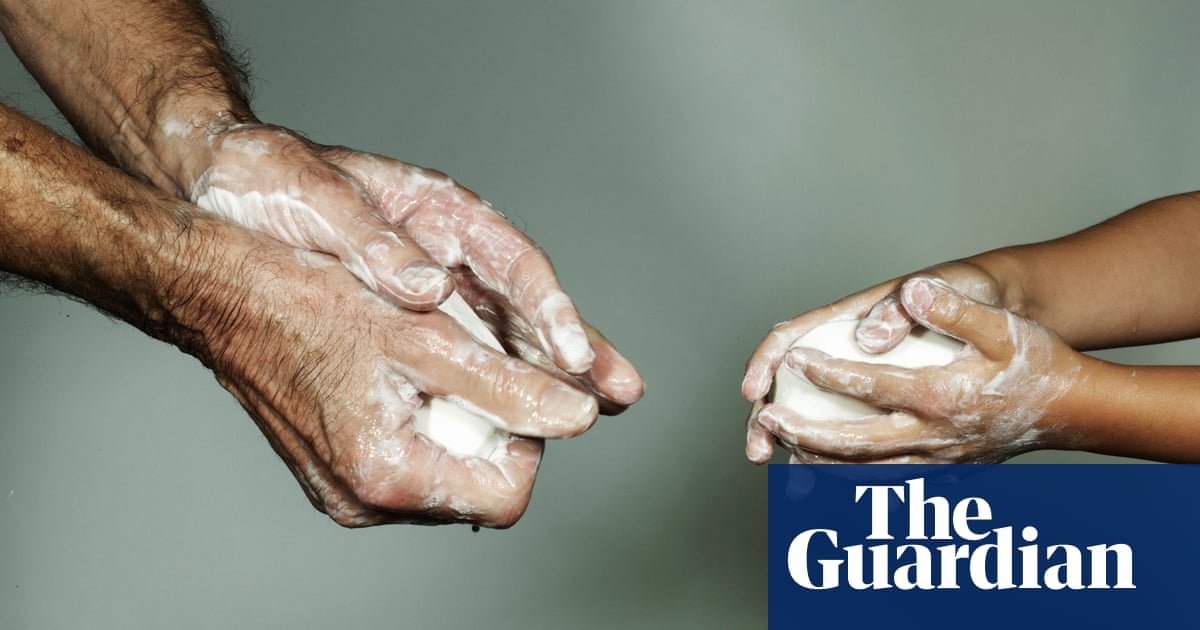
Two types of bacteria live on our hands: resident bacteria, which are rarely implicated in infection and are good for the skin, and transient bacteria, which we pick up on our fingertips when we touch surfaces. The latter are the ones we want to remove.
You should wash your hands after going to the toilet, or changing a sanitary towel or tampon; after changing a nappy; before preparing food, after handling raw meat; and before eating. It is easy to pick up bacteria and viruses when travelling on public transport, so wash your hands afterwards.
You need soap and, ideally, running water, but a bowl of water will do. Wet hands thoroughly and apply liquid or bar soap – if you apply soap to dry hands, it can act as an irritant and you don’t get coverage all over your hands. Rub your palms together, then interlink your fingers and rub them together. Next, place the fingertips of one hand in the palm of the other and rub, and vice versa. Rubbing the hands together creates friction, which removes the bacteria and creates a lather. Within that lather is the bacteria you have removed, ready to be washed away. Once you have worked up a good lather and rubbed all the surfaces together, rinse your hands and dry thoroughly, not forgetting in between the fingers. If you are out and using a paper towel, don’t lift the lid of the wastebin with your clean fingers. At home, change hand towels twice a week, or more often if someone has an infection such as norovirus.
Rose Gallagher is the professional lead for infection prevention and control at the Royal College of Nursing. She was talking to Emine Saner
Source: TheGuardian
